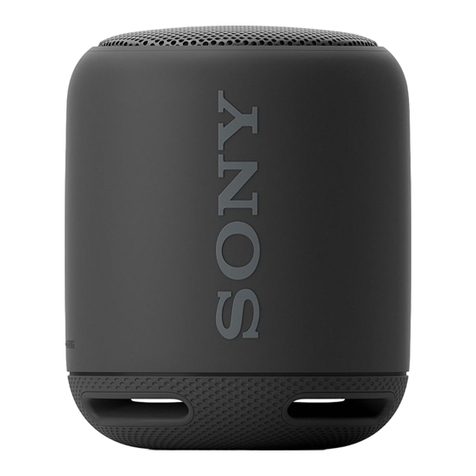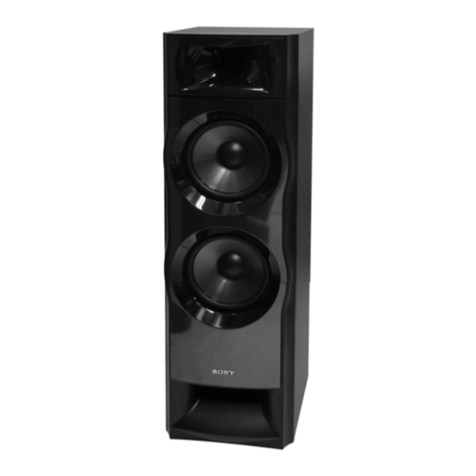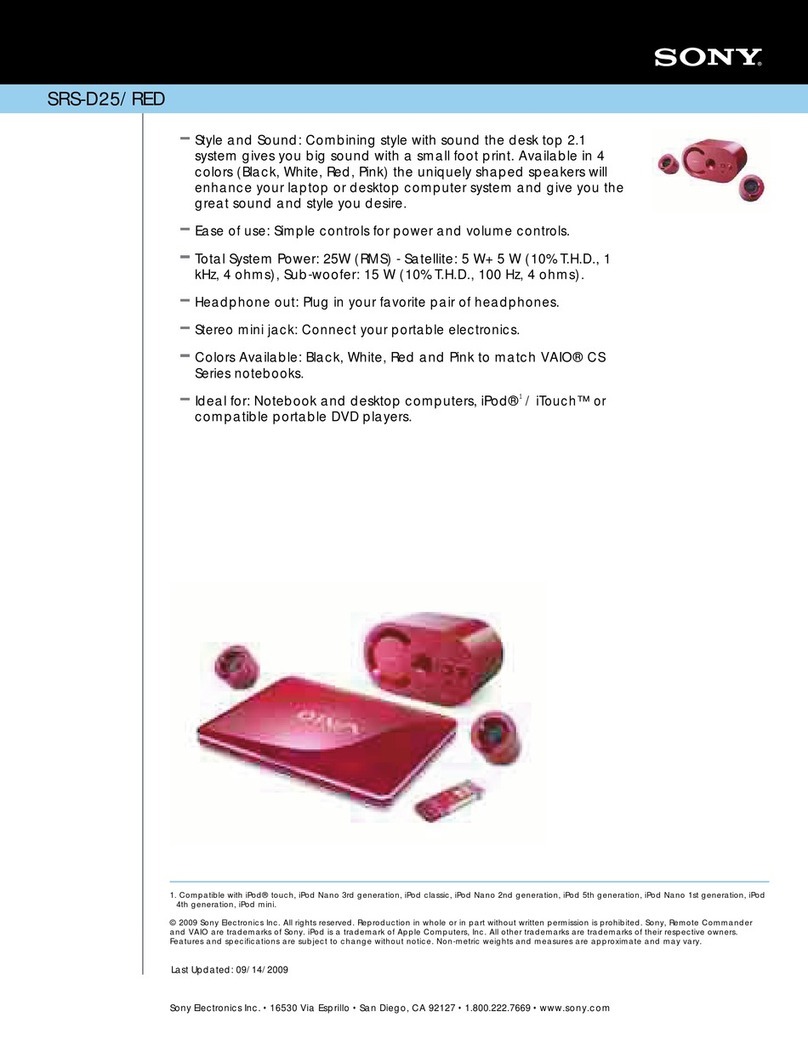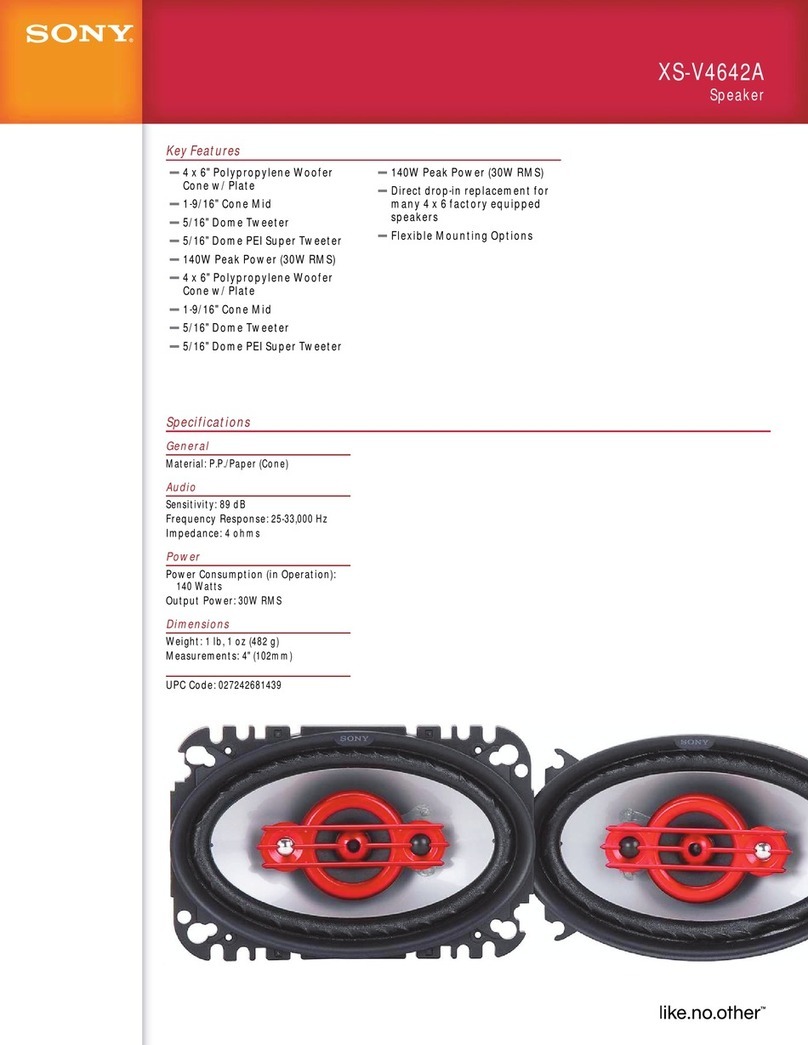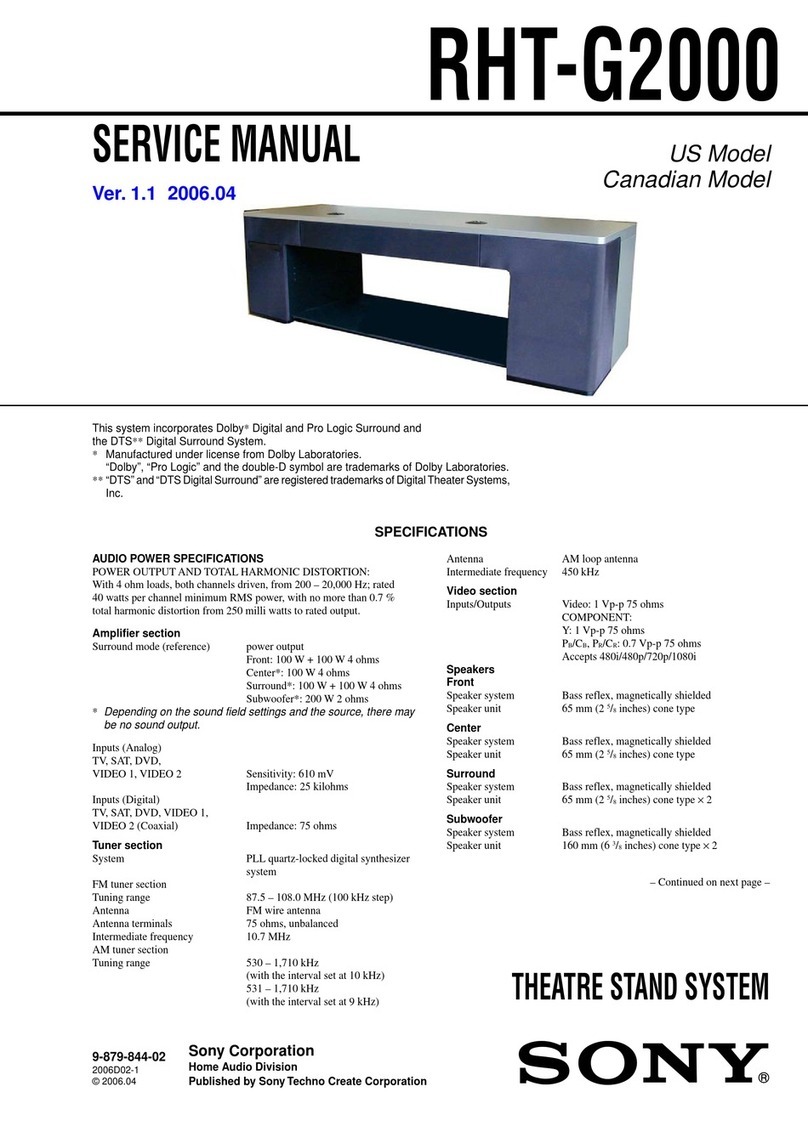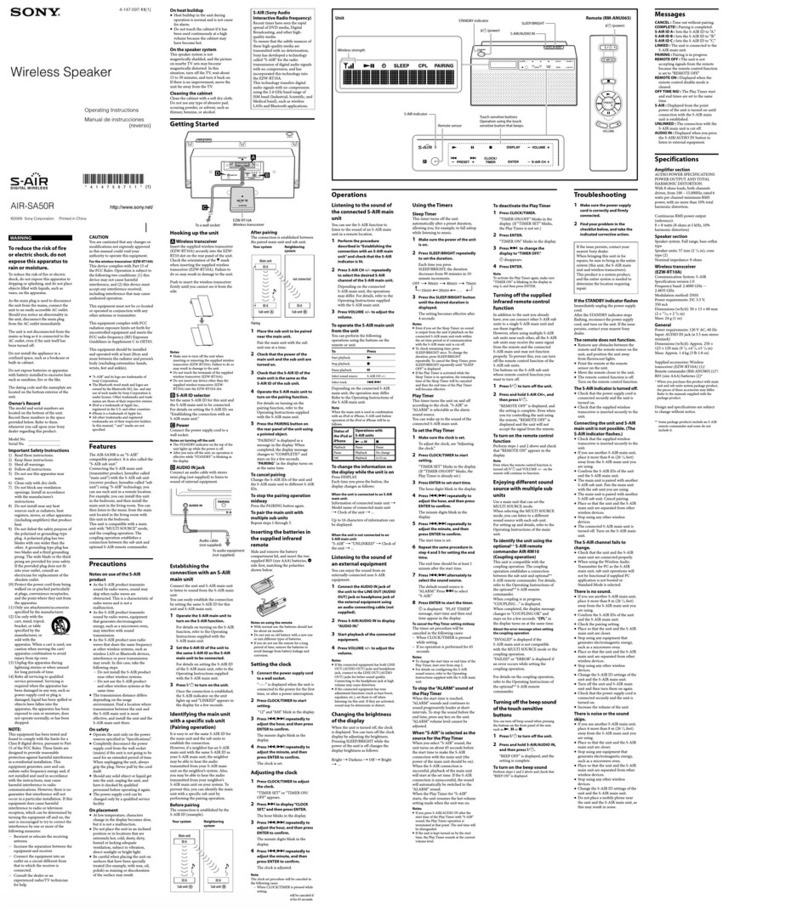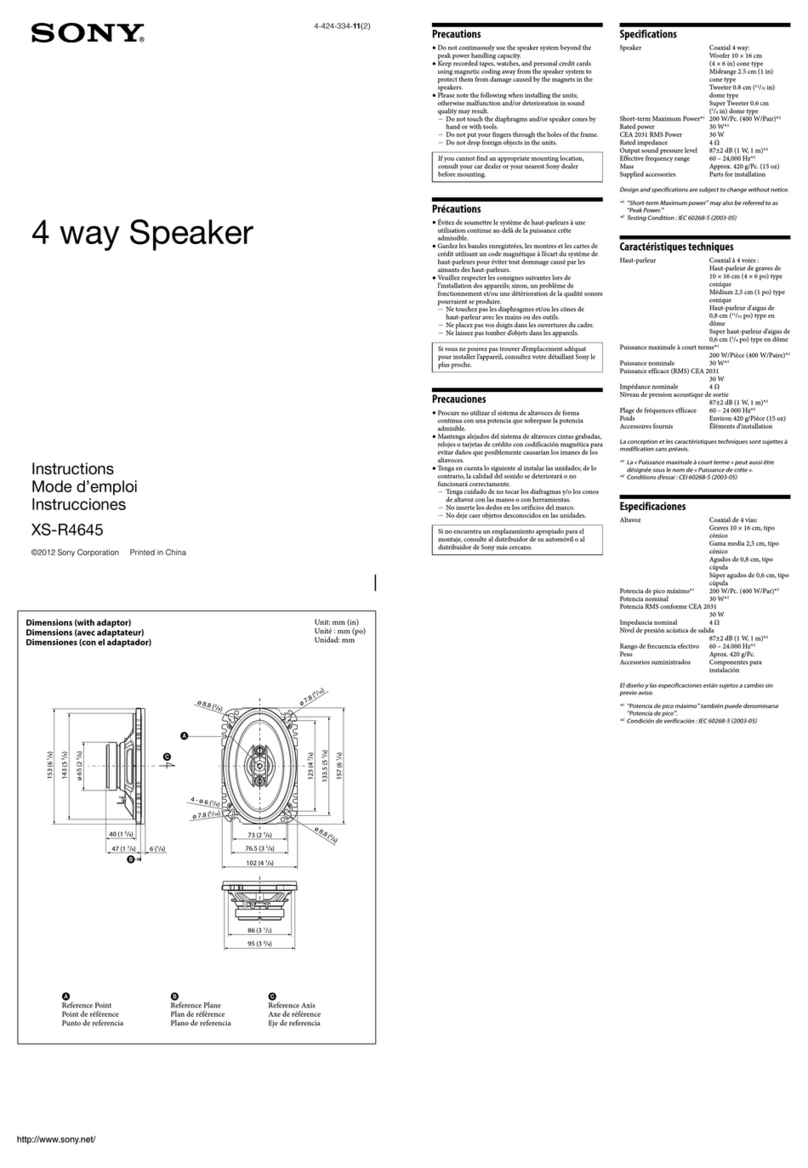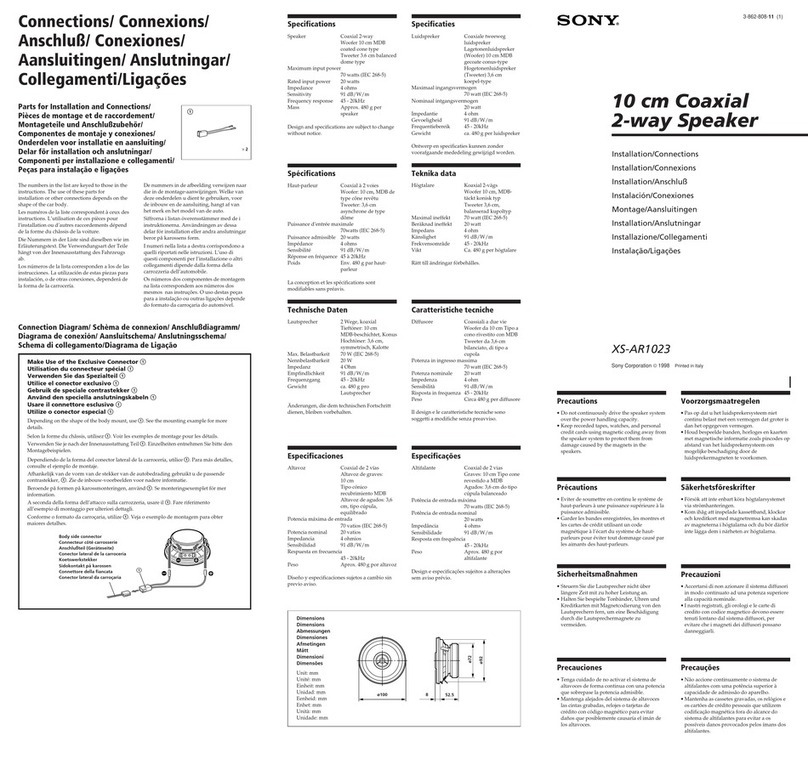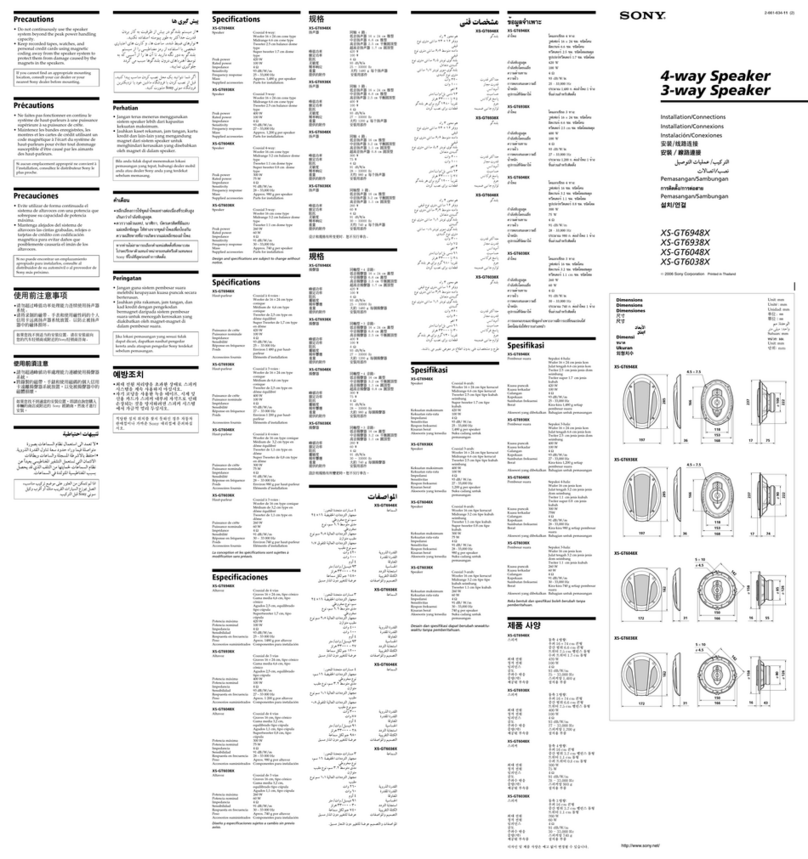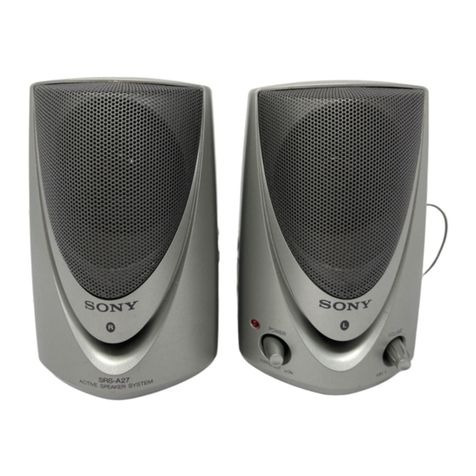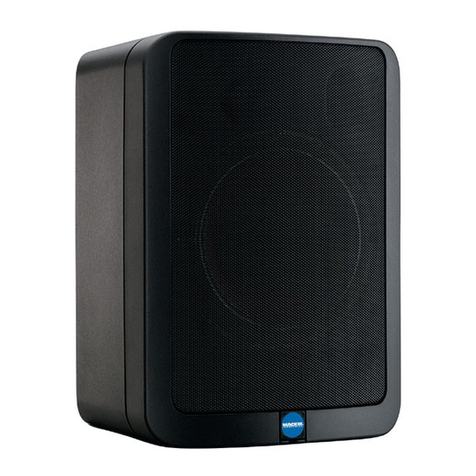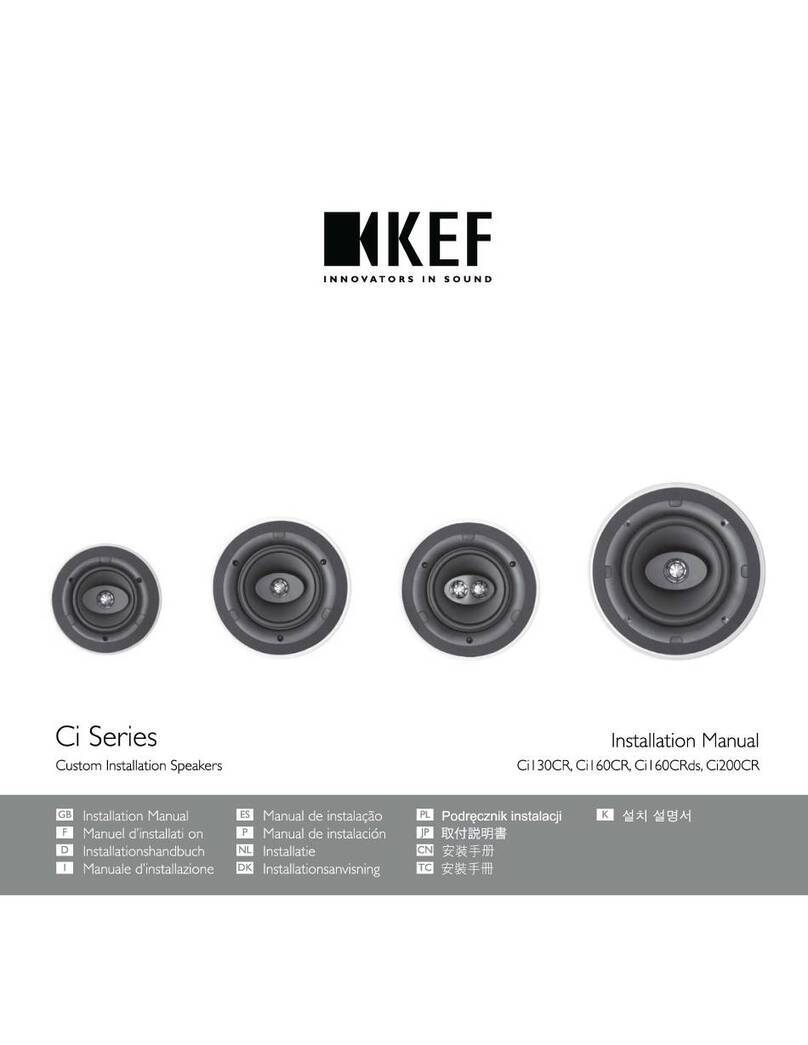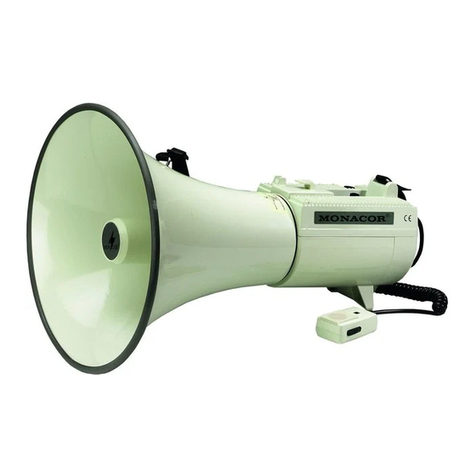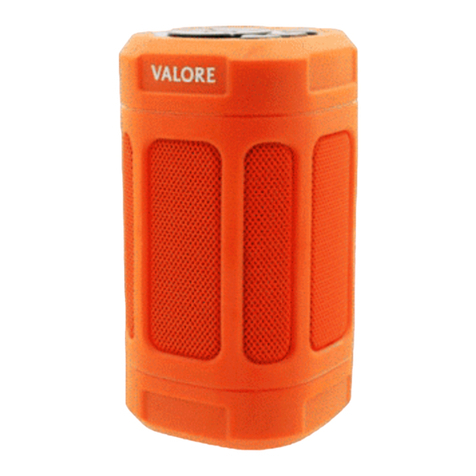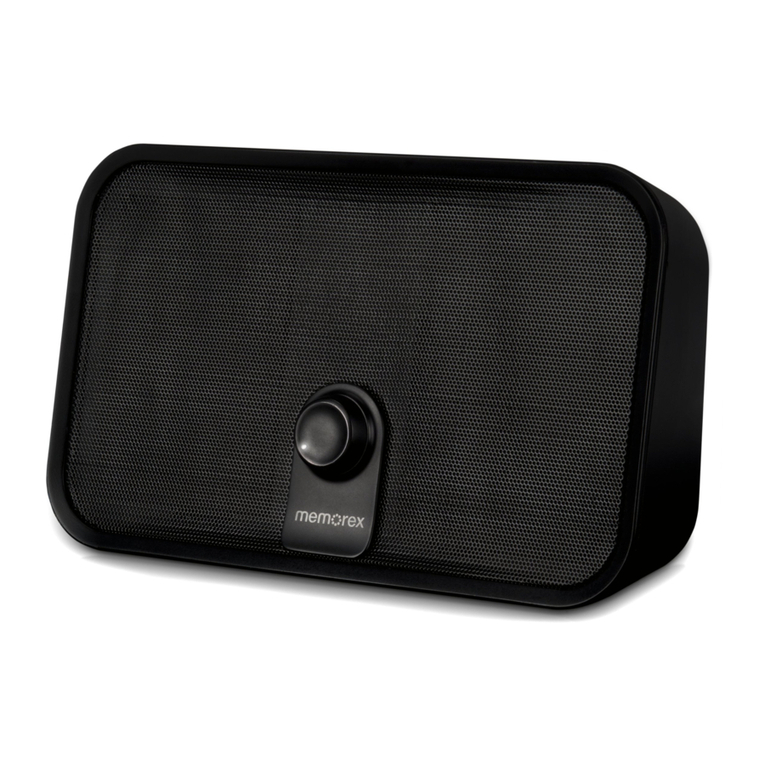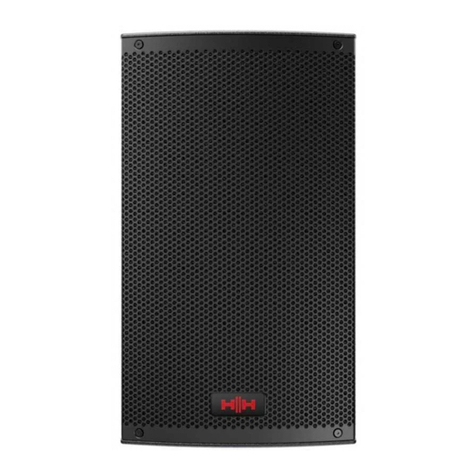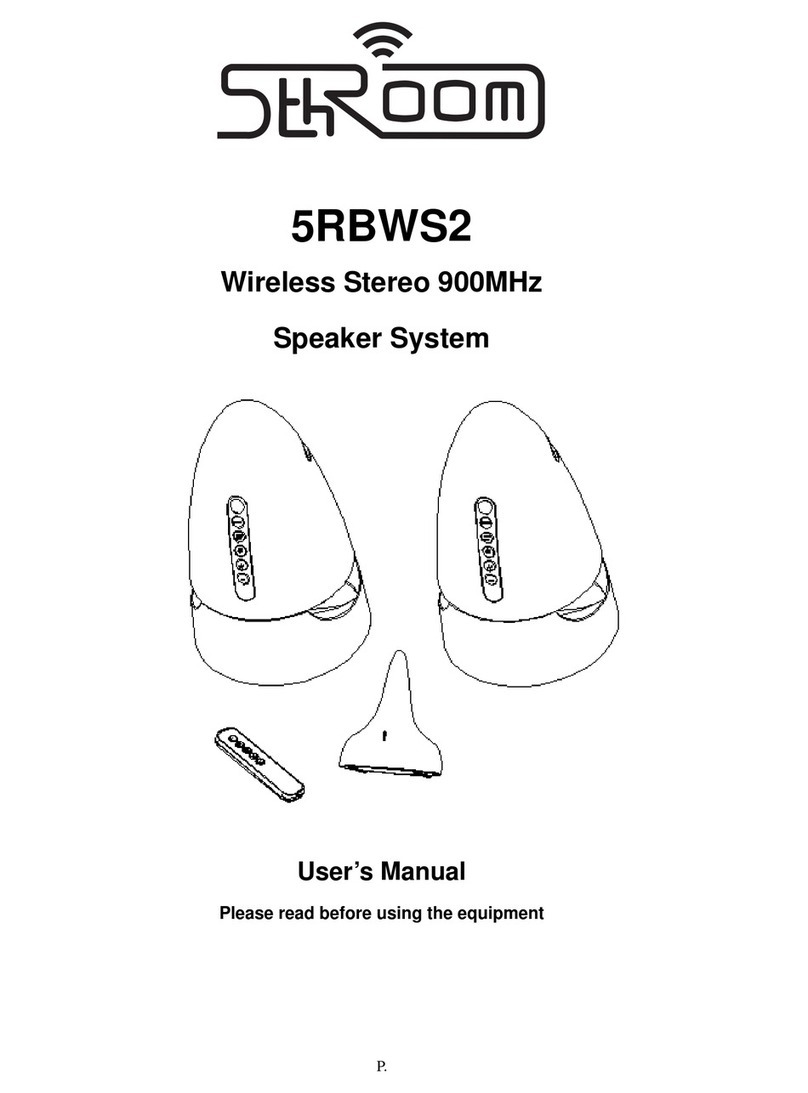
- SS-HQ1 Application Notes -
Ver.1.0.0 January 7, 2005
iii
3.9.3. Circuit Configuration for Composite Output ....................................................................................29
3.10. Optical Filters .....................................................................................................................................30
3.10.1. Outline ........................................................................................................................................ 30
4. Parameter Configuration........................................................................................................................31
4.1. Communication Parameter Concept......................................................................................................31
4.1.1. Communication Category Concept.................................................................................................31
4.1.2. Communication Category Details ...................................................................................................31
4.2. Parameter Control by Built-in CPU ........................................................................................................32
4.2.1. Processing by CPU ........................................................................................................................32
4.2.2. CPU Main Processing and Firmware Applications..........................................................................32
4.3. Parameter Changes through Communication........................................................................................33
4.4. Saving Parameters to EEPROM............................................................................................................34
4.4.1. EEPROM Write Command and Address Map ................................................................................ 34
4.4.2. "EEPROM ALL WRITE" Command ................................................................................................ 35
5. Power-on Sequence................................................................................................................................36
5.1. Power-on Sequence ..............................................................................................................................36
5.1.1. DSP (CXD3172AR) Initialization Sequence....................................................................................36
5.1.2. Parameters Exclusively for Initialization .........................................................................................38
6. CCD Type Selection ................................................................................................................................39
6.1. Supported CCD type..............................................................................................................................39
6.2. List of Clock Configurations for Each CCD type ....................................................................................40
6.3. Important information on Wiring.............................................................................................................41
6.3.1. Drive Circuit Changes..................................................................................................................... 41
6.3.2. Clock System Changes ..................................................................................................................44
6.3.3. Frequency Response Changes ......................................................................................................44
6.3.4. Clock System Selection..................................................................................................................45
6.3.5. Wiring Changes When EEPROM is not written ..............................................................................46
6.4. CCD Primary Color Separation Matrix ...................................................................................................47
6.4.1. The Sequence of Parameter Changes ...........................................................................................47
6.4.2. Recommended Parameter’s Value ................................................................................................. 47
7. Power Supply ..........................................................................................................................................49
7.1. Supply Voltage.......................................................................................................................................49
7.1.1. Supply Voltage Accuracy ................................................................................................................49
7.1.2. Power Consumption ....................................................................................................................... 50
7.1.3. Power-on Sequence .......................................................................................................................50
8. Level Diagram..........................................................................................................................................51
8.1. SS-HQ1 Level Diagram .........................................................................................................................51
8.1.1. Signal Standard Level Diagram of Analog Output...........................................................................51
8.1.2. The Standard Level Diagram of Digital Outputs.............................................................................. 55
9. RS-232C Communication and Communication with Peripheral ICs...................................................57
9.1. RS-232C Communication ......................................................................................................................57
9.1.1. Interface .........................................................................................................................................57
9.1.2. Communication Procedure .............................................................................................................58
9.1.3. Communication Timing ...................................................................................................................59
9.1.4. Communication Format ..................................................................................................................60

























